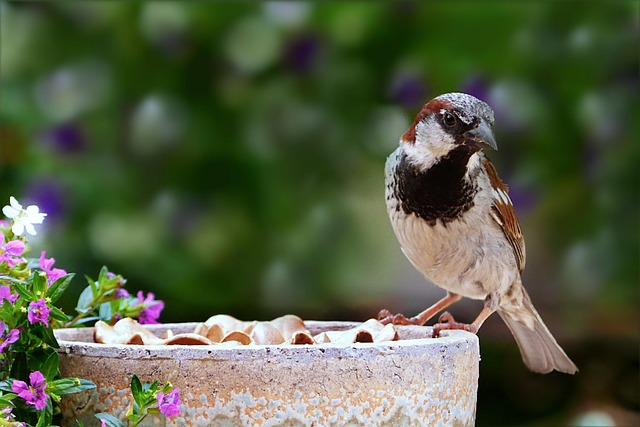House sitting is a win-win arrangement where caretakers live in homeowners' properties while they're away, providing security and maintenance. Customized plans, developed through detailed consultations, go beyond basic tasks like pet care and watering plants, encompassing comprehensive strategies for home security, comfort, and upkeep. Effective execution involves constant monitoring, clear communication, regular check-ins, detailed documentation, and adaptability to ensure trust, prevent damage, and maintain reliable house sitting services.
House sitting is a rewarding way to care for homes while owners are away, but creating a tailored plan ensures a smooth experience. This article guides you through the process of designing customized house-sitting plans, from understanding the basics and reaping benefits like security and cost savings, to practical steps for implementation and monitoring. Learn how to match sitters with ideal homes, build trust, and maintain open communication for successful house sitting arrangements.
- Understanding House Sitting: The Basics and Benefits
- Designing Customized House Sitting Plans
- Implementation and Monitoring for Success
Understanding House Sitting: The Basics and Benefits

House sitting is a valuable service that benefits both homeowners and caretakers. It involves a trusted individual or couple staying in a home while the owners are away, typically for vacations or business trips. This arrangement offers a range of advantages for homeowners, including peace of mind, cost savings on short-term housing, and the assurance that their property remains well-maintained and secure.
For house sitters, it’s an opportunity to live in a new location, enjoy a change of scenery, and gain access to amenities not available in their primary residence. It allows individuals or families to explore different neighborhoods, immerse themselves in local communities, and even save on living expenses. House sitting also fosters a sense of responsibility and connection to the well-being of another’s home and belongings, making it a rewarding experience for those who embrace the role.
Designing Customized House Sitting Plans

Designing Customized House Sitting Plans requires a deep understanding of both the client’s needs and the property’s unique characteristics. It involves more than just setting a schedule for feeding pets and watering plants; it encompasses creating a comprehensive strategy that ensures the home and its contents are secure, comfortable, and well-maintained during the owner’s absence.
This tailored approach starts with a detailed consultation where house sitters discuss specific requirements with the client. Factors such as routine, special care instructions for pets or plants, access needs, and security measures are carefully considered. Using this information, a customized plan is developed, detailing daily tasks, emergency protocols, and guidelines for interacting with neighbors, all designed to provide peace of mind and ensure the smooth operation of the household while the owners are away.
Implementation and Monitoring for Success

Implementing a customized house sitting plan requires careful consideration and ongoing monitoring for optimal success. Once your tailored strategy is in place, regularly assess key areas such as security, property maintenance, and client communication. This proactive approach ensures any potential issues are promptly addressed, enhancing both the safety of the home and the satisfaction of your clients.
Effective monitoring involves establishing clear lines of communication, setting regular check-in times, and documenting observations. By staying in touch with the homeowner and keeping detailed records, you can quickly adapt to changing circumstances and make informed decisions. This level of vigilance is essential for maintaining trust, preventing damage, and providing a reliable house sitting service.
Customized house sitting plans offer tailored solutions for pet owners and homeowners alike, ensuring peace of mind during absences. By understanding the basics, designing specific strategies, and implementing effective monitoring, individuals can navigate house sitting successfully. This approach not only safeguards homes and pets but also fosters trust and creates a harmonious living environment for all involved, making it an attractive option in today’s world.






